9 Flowers That Look Like Eyes, from Eyeball Plants to Actaea Pachypoda
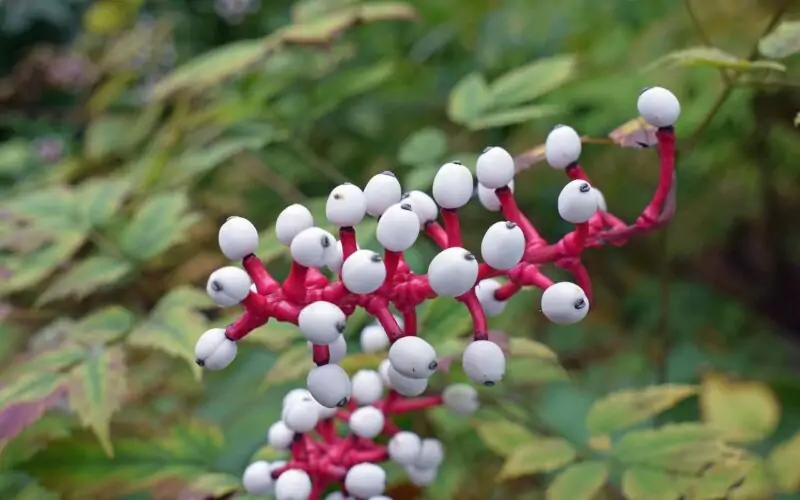
Flowers are captivating and mesmerizing. They appear in various colors, shapes, and sizes, each with its unique charm. Some flowers have features that resemble eyes, adding another layer of fascination.
In this article, we’ll dive into a list of flowers that look like eyes. We’ll examine their key features and characteristics, offering a deeper appreciation for these stunning plants.
List of Flowers That Look Like Eyes
The Mystique of the Sturt’s Desert Pea
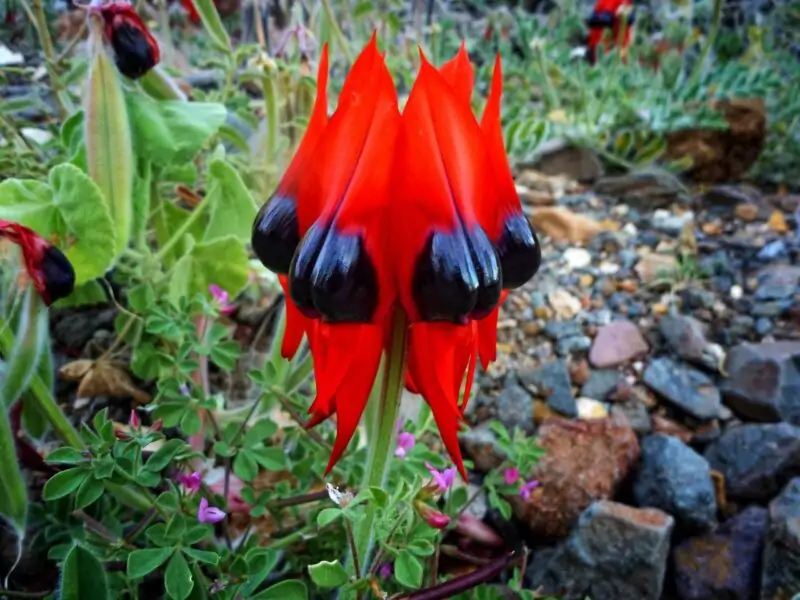
The Sturt’s desert pea, an exotic Australian native flower, is recognized for its bright red blossoms. These blossoms, with their large black centers, bear a resemblance to little eyeballs, dramatically contrasting with the surrounding brightly colored petals. This ornamental plant thrives in well-drained soil and full sun but can also tolerate partial shade. With its long trailing stems capable of reaching up to six feet, the Sturt’s desert pea is a spectacular choice for hanging garden baskets!
The Charm of the Poppy Anemone
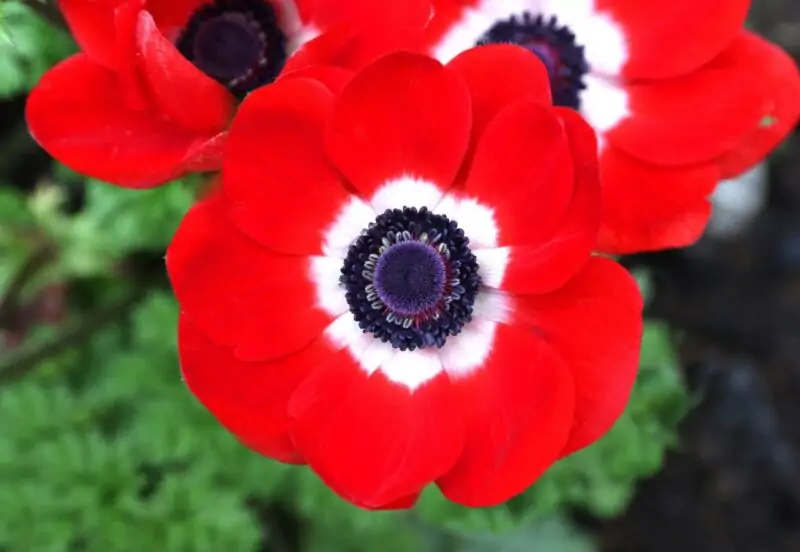
The poppy anemone, or “windflower,” is a vibrant perennial with a name deeply rooted in Greek mythology. The term “anemos” translates to wind, and “anthos” to flower, symbolizing the plant’s tendency to bloom during windy seasons. Their ivory-white petals encase dark brown centers, creating an eye-like impression. These garden-worthy flowers perform best under partial sun conditions and in well-drained soil.
Vibrant Rudbeckia Irish Eyes
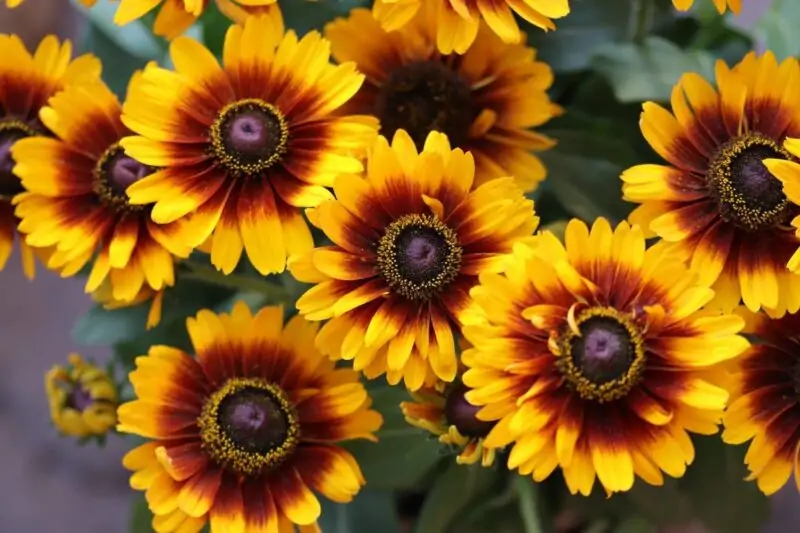
The Rudbeckia Irish eyes is a cultivar of the gloriosa daisy. It features bright yellow blooms with dark brown centers. These centers look like large pupils! These colorful flowers are excellent for planting in gardens and containers. They enjoy full sun to part shade conditions.
The Allure of the Black-eyed Susan
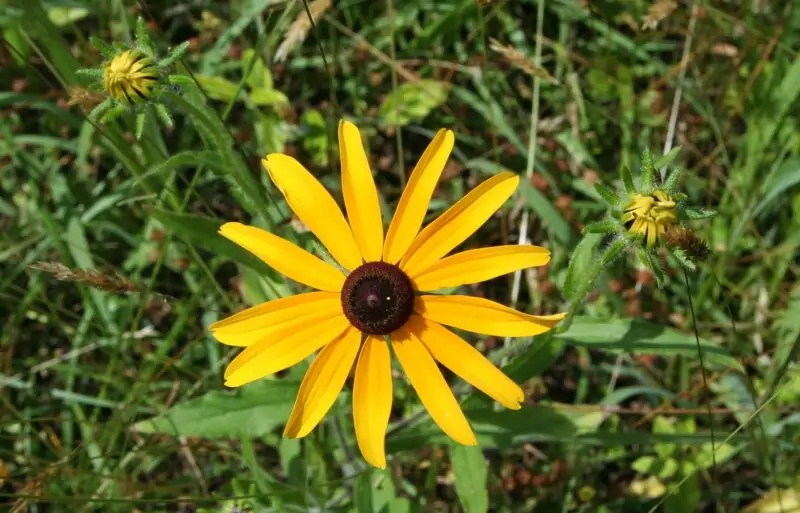
The black-eyed Susan, or rudbeckia hirta, has golden-yellow petals. A dark center resembling an eye highlights these petals. This native North American wildflower grows up to three feet tall, perfect for garden borders or cut flower arrangements.
Black-eyed Susans bloom from mid-summer through fall. They thrive best under full sun.
The Intriguing “Wolf Eyes” Dogwood
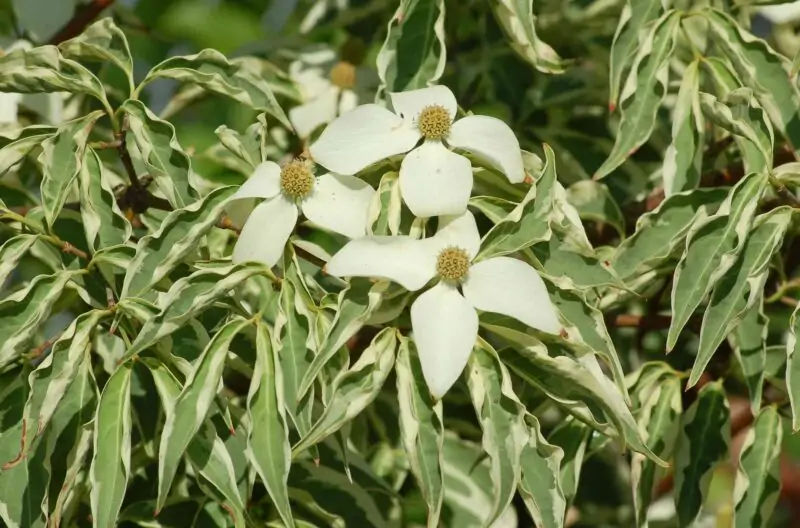
The “Wolf Eyes” dogwood plant has red blossoms with large black centers. White outer petals surround these centers. This creates the appearance of many eyes on one single blossom!
This ornamental shrub can grow up to 10 feet tall and wide. It thrives best under partial shade. During its blooming period, it produces small white berries.
Lovable Mickey Mouse Plant
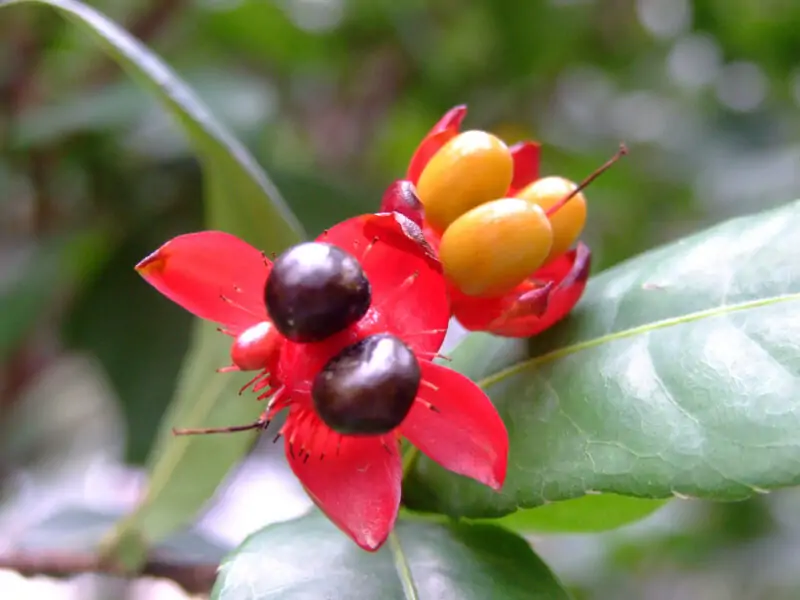
The Mickey Mouse plant, also known as Ochna serrulata, is a perennial. It’s native to South Africa. Its black fruits and red sepals give the appearance of little Mickey Mouse faces!
These plants produce their cute-looking flowers in early summer. The flowering lasts until late fall. They grow well in well-drained soil and prefer sunny to partially shaded areas.
Noble Rock Orchid: A Rare Beauty
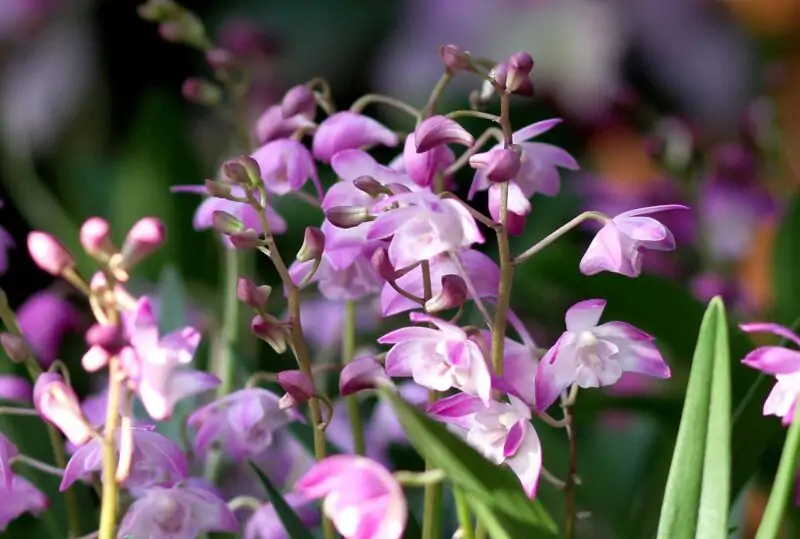
Rock orchids are rare beauties. Their unique characteristics include foliage that resembles eyeballs. Depending on the light angle, these stunning perennials come in different colors. These colors range from pink, purple, blue to green, depending on the species variety.
Most rock orchids thrive well in warm tropical climates. They require high humidity levels and good drainage systems within the growing area.
The Enigmatic Eyeball Plant: A Striking Spectacle
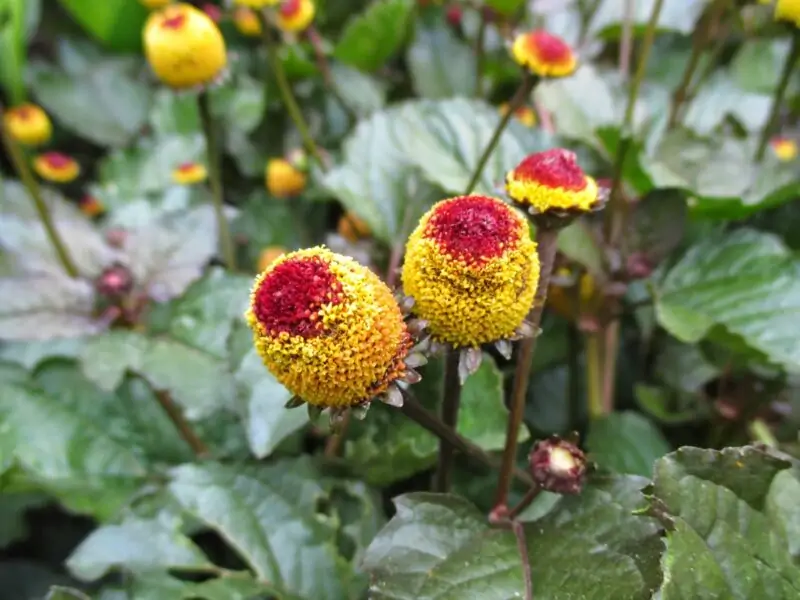
The eyeball plant, also known as Spilanthes oleracea, is a striking sight in any garden. This annual herbaceous plant produces bright yellow flowers. Their dark centers resemble pupils. Red rings surround these centers, giving the impression of bloodshot eyes.
The eyeball plant is native to Brazil and Africa. Today, it is grown worldwide for its medicinal properties and ornamental value. People have traditionally used the entire plant for various purposes. These include easing toothaches, treating gum infections, and reducing fever.
The eyeball plant grows up to 1 foot tall (0.3 meters). It prefers well-drained soil and full sun exposure. These plants are excellent choices for container gardening because of their compact size. They provide an eye-catching effect no matter where they’re placed. Whether you have them in your home decor or outdoor spaces, they’re a must-have addition to any gardener’s collection!
The Striking Appeal Of White Baneberry
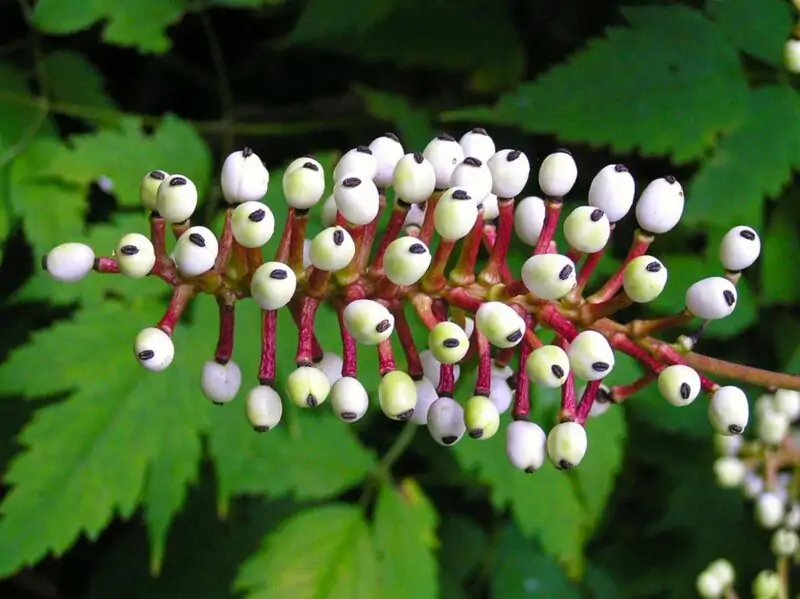
White baneberry, also known as Actaea pachypoda, stands out with its clusters of white berries. These berries form showy central disks surrounded by outer petals. Maroon-purple blotches, similar to human pupils, highlight these disks! The plant is a herbaceous perennial that grows up to three feet tall and wide. It thrives best under full shade.
But handle this plant with care! All its parts, including leaves, are poisonous if eaten.
FAQs
There are many flowers that look like eyes, but one of the best is the Sturt’s Desert Pea. Its vibrant red blossoms with large black centers, surrounded by brightly colored petals, resemble little eyeballs popping out from its foliage. It’s a stunning sight to behold!
Yes, the White Baneberry is poisonous if ingested! So handle this plant with care and keep it away from pets or children.
Absolutely! Most of these plants thrive well in various conditions, including gardens and container settings. They are easy to grow for people who love gardening!
Conclusion
We’ve embarked on a journey through a variety of unique flowering plants, all sharing one peculiar feature – their blooms are striking flowers that look like eyes. From the delicate poppy anemones with their deeply veined ivory-white blooms, to the exotic Sturt’s desert peas, native to Australia, with their vibrant red flowers, these garden plants are an intriguing mix of nature’s artistry. They thrive under diverse environmental conditions across North America and Australia. These beautiful blooms offer unique features. Their strikingly appealing characteristics add value as ornamental pieces within our homes. They also provide beauty to our outdoor living spaces, creating unforgettable experiences throughout all seasons.